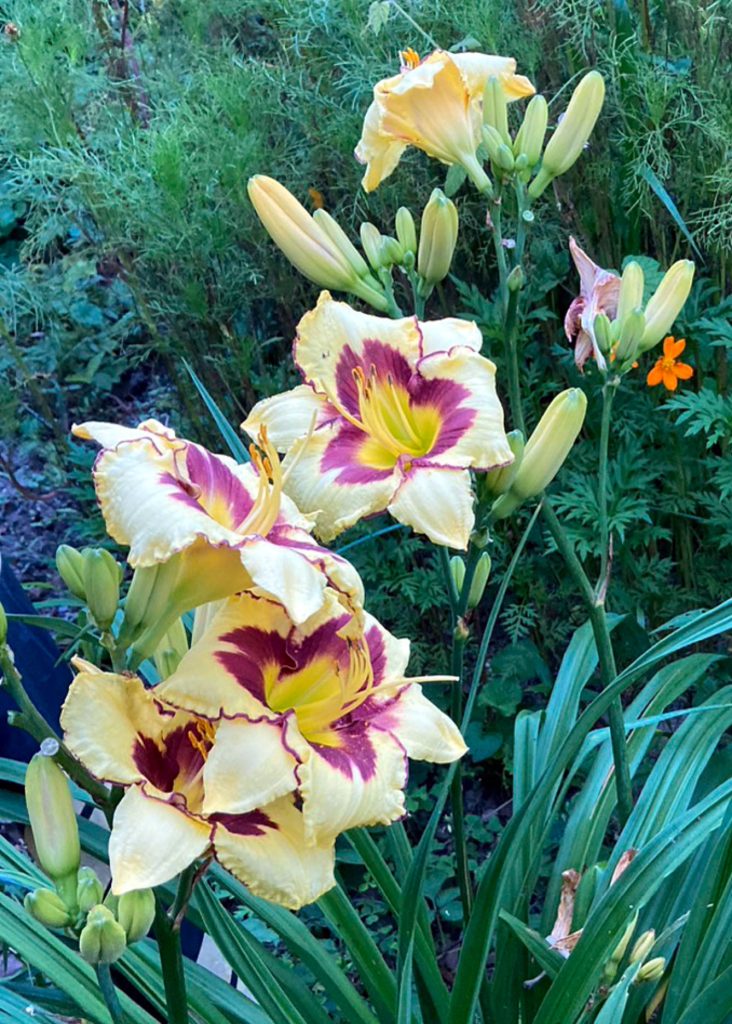
In the Buddhist tale collection called the ‘Konjaku Monogatari-shu,’ believed to have been compiled in the late Heian period, there is a story of two brothers who lost their beloved father. The elder brother planted ‘Wasure-gusa (Forget-me)’ around their father’s grave to forget his sorrow, while the younger brother planted ‘Warere-na-gusa (Forget-me-nots)’ so that he would never forget their father. If you were to plant a plant around the grave of someone you love, which flower would you choose? Also, if you were to have a plant planted by the people left behind near your own grave, what kind of plant would you like?
For happy memories, ‘Wasure-gusa’; for sad memories, ‘Wasure-na-gusa.’ Such a conversation might arise when talking about ‘Wasure-gusa.’ ‘Wasure-gusa’ belong to the kanzou (borage) family, which includes hon-kanzou, hama-kanzou, and no-kanzou. China and Japan are their places of origin, and in the 19th century, European plant hunters brought these plants back to Europe, where they underwent cultivation and became popular as ornamental varieties. They are now referred to as Hemerocallis, a combination of the Greek words ‘hemera’ meaning ‘day’ and ‘kallos’ meaning ‘beauty.’ In English, they are also known as ‘Day Lily.’ The flowers bloom for only a day but produce multiple flowers on a single stem and multiple stems, allowing for an extended period of enjoyment.
平安時代末期に成立したとされる仏教説話集『今昔物語集』に、愛する父を亡くした二人の兄弟の話しが載っています。兄は悲しさを忘れる為に、父の墓の周りに「忘れ草」を、弟はいつまででも父を忘れない為に「忘れな草」を植えました。自分の愛する人が眠る墓の周囲に植物を植えるとしたら、あなたならどちらの草を植えますか。また、もし自分の墓のそばに、残された人々から、どんな植物を植えてもらいたいですか。「嬉しい思い出には忘れな草 悲しい思い出には忘れ草」そんなこぼれ話をしたくなるのが「忘れ草」です。「忘れ草」はカンゾウの仲間で、他にはホンカンゾウ、ハマカンゾウ、ノカンゾウなどがあります。中国や日本が原産地で、19世紀頃に、ヨーロッパのプラント・ハンター達がヨーロッパに持ち帰り、品種改良を加え園芸品種として世界に広まり、これらの仲間の植物をヘメロカリスと呼ぶ様になりました。「へメロ」とは一日、「カリス」とは美を意味します。英語名でも「Day Lily」と言いますが、花は一日花で、1本の花茎にたくさんの花を咲かせ、何本も立ち上がるので、長期間花が楽しめます。
